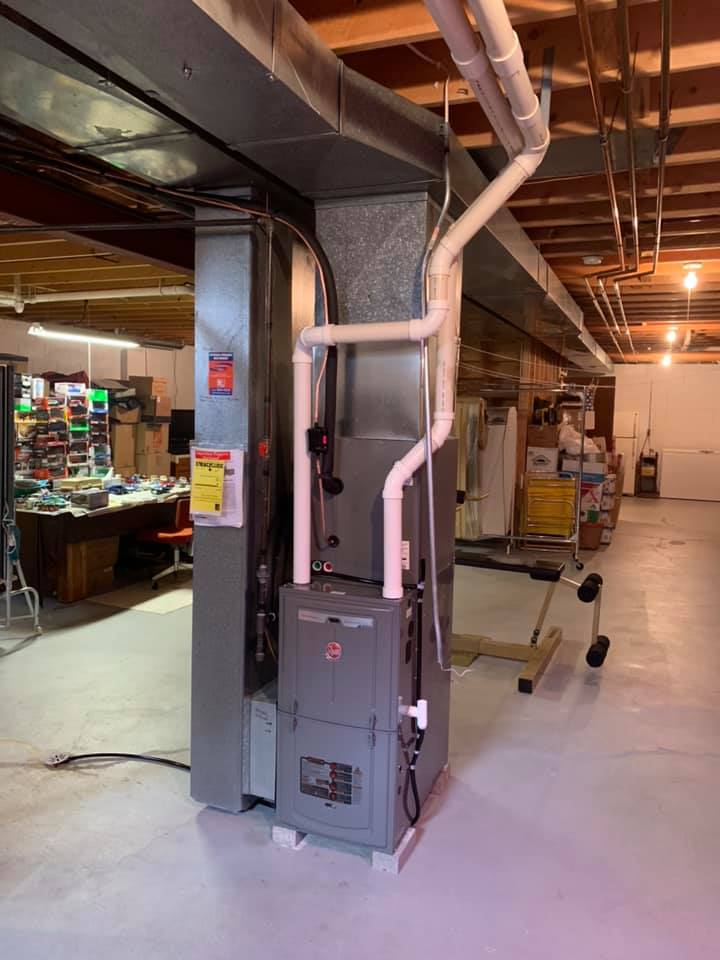The Ultimate Guide to Heating System Setup for a Cozy Home
Furnace installation is an essential facet of preserving a comfy home atmosphere, particularly throughout the chillier months. As you consider these variables, the question continues to be: what actions can you take to guarantee your heater offers you well for years to come?
Kinds Of Furnaces

Gas heating systems are the most common choice because of their effectiveness and lower functional prices. They utilize natural gas or lp, supplying fast heating and constant performance, making them ideal for cooler environments.
Electric furnaces, while generally simpler to set up and maintain, often tend to have higher operational expenses. They are commonly favored in locations where gas solution is unavailable or for homes with existing electrical framework.
Oil furnaces, though less typical today, continue to be a sensible choice in certain regions. They burn home heating oil, which can be helpful during cooler months, yet their dependence on oil delivery positions prospective obstacles.
Additionally, there are high-efficiency designs offered across these types, which can considerably decrease energy intake and utility costs - furnace installation. Eventually, understanding these heating system kinds will certainly assist homeowners pick a system that aligns with their heating needs, budget plan, and power choices
Picking the Right Dimension
Picking the proper dimension for a heating system is important to making sure optimum efficiency and energy effectiveness. An undersized heating system will struggle to preserve comfy temperature levels during the cool months, resulting in boosted damage, higher energy expenses, and prospective system failing. On the other hand, a large heater might cycle on and off also regularly, leading to ineffective home heating and irregular temperature distribution within the home.
To identify the correct furnace size, a calculation recognized as the Guidebook J lots calculation must be performed. This process examines numerous factors, consisting of the square footage of the home, insulation levels, window sizes, and regional climate problems. This comprehensive evaluation ensures that the heater fulfills the certain home heating demands of the room.

Installment Process Summary
In regards to products, you will certainly need ductwork, insulation, and securing tape to make sure optimum air movement and energy efficiency - furnace installation. It is additionally vital to have a brand-new heater filter on hand, along with venting materials, such as PVC pipeline or metal flue, depending upon the type of heater being installed
Security devices, including gloves, goggles, and a face mask, is likewise essential to shield versus dirt and debris throughout installment. Having all these tools and products easily available not only streamlines the process however additionally improves the safety and security and effectiveness of the heating system setup.
Maintenance Tips for Durability
To ensure the longevity of your heater, it is important to implement a normal maintenance schedule that resolves crucial components of the system. Start by replacing or cleansing the air filter every one to 3 months, as a clogged why not try these out filter can limit air movement and reduce performance. Additionally, evaluate and clean the blower setting up to stop dirt accumulation that can impede performance.
Following, examine the thermostat settings and rectify if necessary to ensure precise temperature policy. Check the ductwork for leakages or blockages, as this can cause power loss and unequal home heating. Routinely oil the motor and bearings according to the producer's recommendations to reduce deterioration.
Professional evaluations need to happen get more every year, where a certified professional can examine the furnace's total problem, check for gas leakages, and guarantee that safety and security functions are functioning correctly. Consider installing a programmable thermostat to optimize energy use and maintain constant home temperature levels. By embracing these upkeep techniques, you can improve your heater's performance, extend its lifespan, and ultimately take pleasure in a comfortable and comfy home environment.
Verdict
